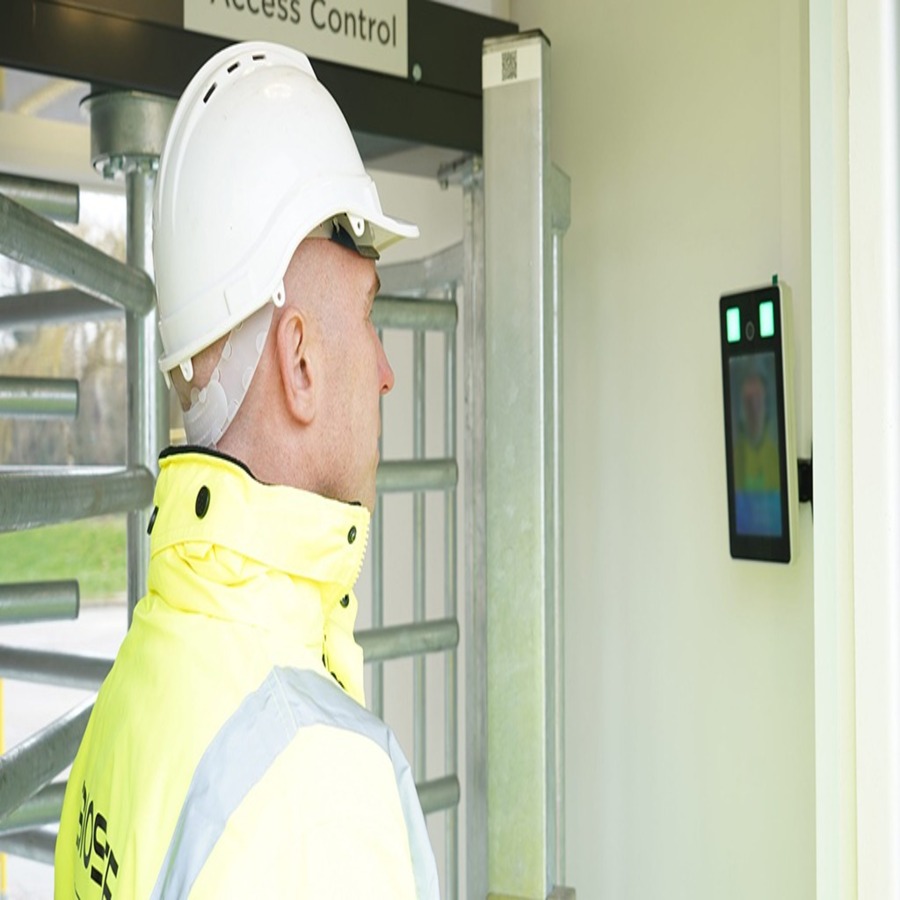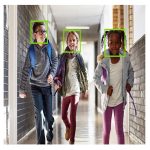Facial recognition technology has evolved significantly, becoming prevalent in various sectors. Companies and governments increasingly rely on this technology for numerous applications. Its growth raises significant benefits, which can improve efficiency and security. In this article, we will explore various advantages of facial recognition, noting its impact across different industries.
Enhancing Security Measures
Facial recognition technology plays a critical role in security measures today. First and foremost, it acts as a powerful tool to limit unauthorized access. Moreover, employing this technology can help identify potential threats quickly. This capability enhances overall safety in public spaces, ensuring individuals feel secure.
Fraud Prevention
In many industries, facial recognition assists in fraud prevention. Financial institutions, for instance, utilize this technology to verify identities. Customers need to present their faces in front of a camera during transactions. Consequently, this step adds an additional layer of security, substantially decreasing fraudulent activities.
Additionally, retail companies can implement facial recognition systems for identifying shoplifters. By matching captured images with databases, businesses can take proactive measures. This approach deters theft and thus saves costs associated with losses from theft.
Improved Monitoring Systems
Another significant benefit of facial recognition is improved monitoring systems. For instance, law enforcement agencies use biometric technology for real-time monitoring. By analyzing footage from surveillance cameras, authorities can detect suspicious individuals. This timely intervention prevents potential criminal activities and keeps communities safe.
Moreover, airports and transportation hubs also employ this technology for monitoring purposes. Efficient passenger identification processes reduce waiting times and enhance overall traveler experience. As a result, travelers can move through checkpoints with minimal delays, leading to smooth transitions.
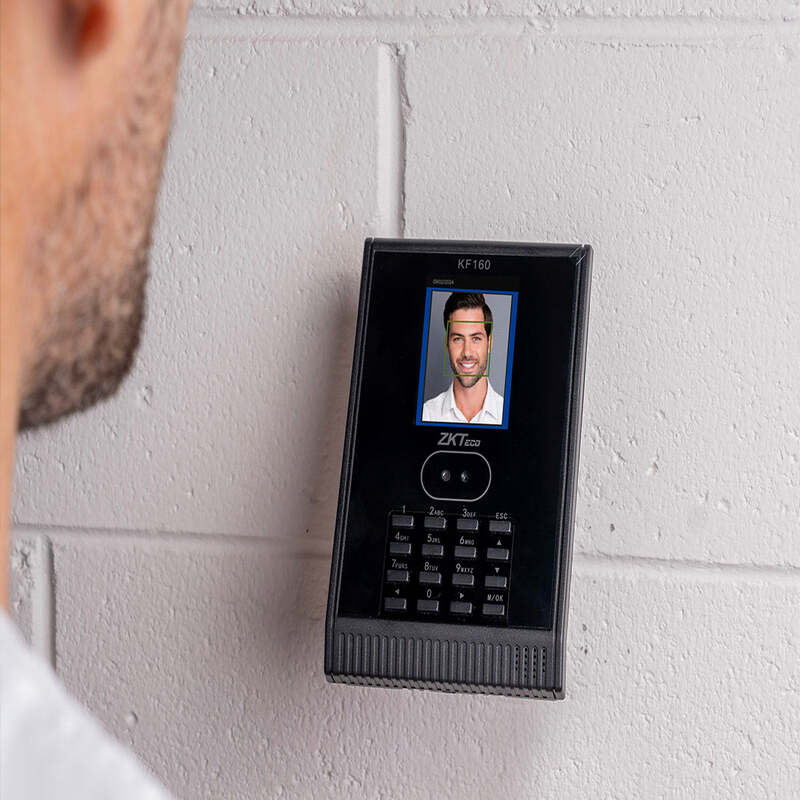
Streamlining Business Operations
Facial recognition technology contributes to more efficient business operations. Many organizations have started to adopt this technology in various departments. The use of facial recognition streamlines processes, improves efficiencies, and reduces costs.
Employee Management
Facial recognition technology can optimize employee management within organizations. By utilizing it for attendance tracking, companies can simplify payroll processes. Workers scan their faces to clock in and out, eliminating the need for manual attendance logs. This not only saves time but also reduces human error and enhances productivity.
Furthermore, this technology can help enhance security within company premises. Employees can gain access to restricted areas by using facial recognition. Consequently, this provides an additional layer of security, making workplaces safer overall.
Customer Experience Enhancement
On the customer service front, businesses can enhance user experiences through facial recognition. Retailers can identify returning customers for personalized services. By analyzing purchase history linked to facial data, employees can provide tailored recommendations.
Additionally, venues such as restaurants can streamline bookings by recognizing frequent patrons. Improved service ensures higher customer satisfaction and loyalty. Thus, businesses can cultivate long-lasting relationships with their clientele.
Supporting Public Safety
Facial recognition technology significantly supports public safety initiatives. Local governments and law enforcement utilize this technology to ensure a safe environment. By leveraging facial recognition, authorities can respond to incidents swiftly and effectively.
Crime Reduction
Crime reduction is a crucial aspect of how facial recognition supports public safety. Authorities can set up surveillance systems in high-crime areas for monitoring. These systems enable faster identification of suspects, leading to quicker arrests.
Moreover, studies indicate that the presence of such technology in public spaces reduces crime rates. Criminals often avoid areas with visible facial recognition systems, fearing capture. Hence, this proactive approach contributes to creating a safer community.
Emergency Response Enhancements
Facial recognition aids in enhancing emergency response systems as well. In crisis situations, identifying individuals quickly becomes paramount. For instance, during natural disasters, authorities can help locate missing persons efficiently.
Additionally, data from facial recognition systems can facilitate victim identification. Emergency responders can act promptly, providing necessary assistance. Thus, this technology plays an instrumental role in improving overall public safety.
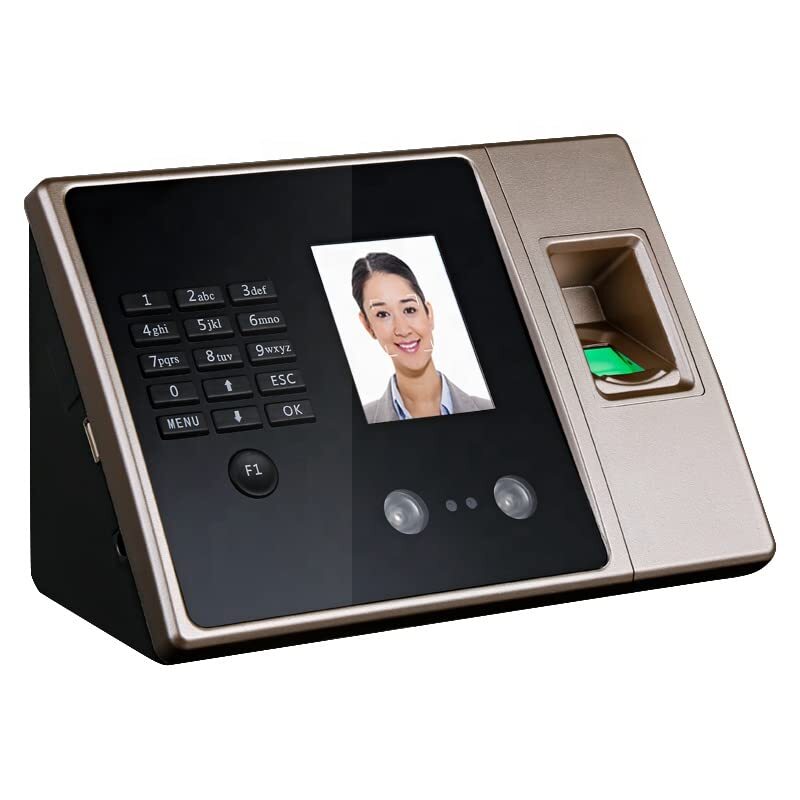
Advancements in Healthcare
The healthcare industry has also begun to benefit from facial recognition technology. Hospitals and clinics are adopting this technology for several applications. The integration of facial recognition can improve patient care and operational efficiency.
Patient Identification and Management
One of the main uses of facial recognition in healthcare is in patient identification and management. When patients arrive, their faces can be scanned to verify identities. This step reduces the risk of misidentification, ensuring accurate treatment.
In addition, this technology can streamline administrative processes in hospitals. Staff can quickly access patient records linked to facial data. Consequently, healthcare providers can deliver timely care and minimize errors.
Improved Waiting Times
Facial recognition technology can significantly reduce waiting times in healthcare settings. By automating patient check-ins, hospitals enhance operational efficiency. Patients can arrive, scan their faces, and seamlessly proceed to their appointments.
This improvement can lead to a better patient experience overall. Patients feel valued when they spend less time waiting. Furthermore, medical staff can concentrate on delivering quality care rather than managing check-in procedures.
Transforming Education
Facial recognition technology is finding applications in the education sector as well. Schools and universities can leverage this technology for many benefits. It helps create safer and more efficient learning environments.
Streamlined Attendance Tracking
In educational institutions, facial recognition can streamline attendance tracking. Instead of conventional roll calls, students can simply scan their faces. This method saves time and allows teachers to focus on instruction.
Moreover, this technology can enable faster identification of students needing assistance. By analyzing facial expressions, educators can tailor interventions accordingly. Thus, educational environments can become more responsive to student needs.
Enhanced School Security
Another critical advantage is enhanced school security. Schools can implement facial recognition systems for access control. Only authorized personnel can enter restricted areas. This proactive measure ensures student safety and fosters a secure learning environment.
Additionally, security personnel can monitor entrances and exits for any suspicious activity. By doing so, schools deter potential threats before they escalate. Ultimately, this technology supports a safer educational atmosphere for everyone.
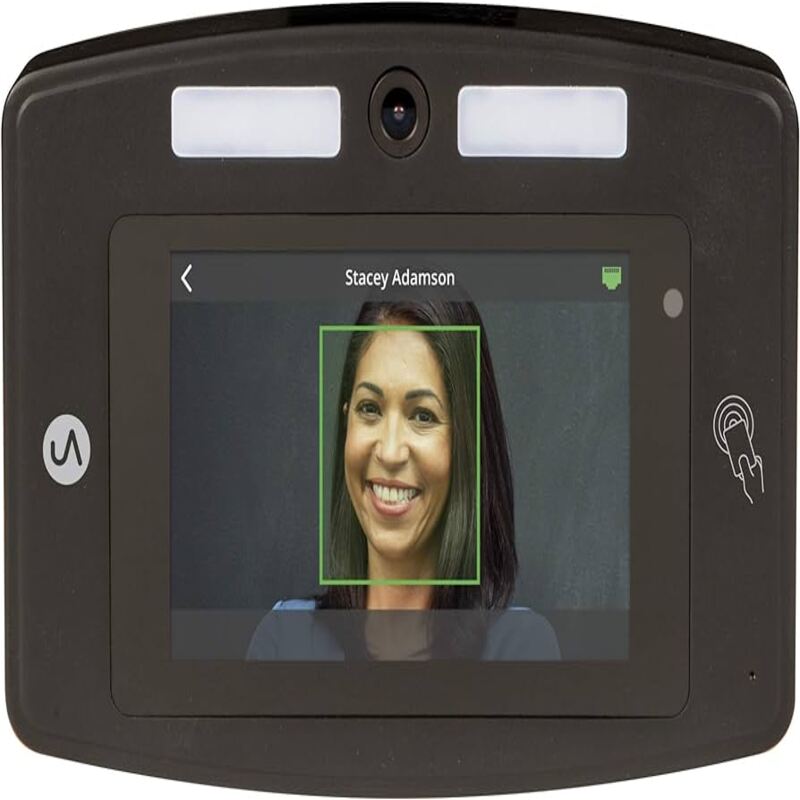
Facilitating Travel and Tourism
Facial recognition technology is revolutionizing the travel and tourism sector. Airlines and hotels are adopting this technology for various purposes. Its implementation leads to an improved experience for travelers.
Streamlined Airport Security
One of the most significant advantages of facial recognition is streamlined airport security processes. Facial recognition allows travelers to pass through checkpoints quickly. By simply scanning their faces, they can board flights without lengthy checks.
This swift process minimizes congestion at security checks. Consequently, travel becomes more enjoyable for those on the go. Airlines can also allocate resources more effectively, reducing wait times.
Enhanced Guest Experiences in Hospitality
In the hospitality sector, facial recognition enhances guest experiences significantly. Hotels can recognize returning guests upon arrival. As a result, staff can provide personalized services tailored to those guests’ preferences.
Furthermore, guests can benefit from contactless check-ins using facial recognition systems. This automation boosts efficiency and heightens satisfaction. Ultimately, it encourages positive reviews and repeat business for hotels.
Conclusion
In summary, the advantages of facial recognition technology are vast. From enhanced security to streamlined business operations, this technology provides numerous benefits. In various sectors such as healthcare, education, travel, and tourism, it fosters efficiency and safety.
As facial recognition continues to evolve, its potential will expand even further. Embracing this technology can significantly enhance systems, improving overall outcomes. While challenges may exist, the advantages of facial recognition undeniably outweigh the drawbacks. Thus, it is clear that facial recognition will continue to shape various industries and societies.
